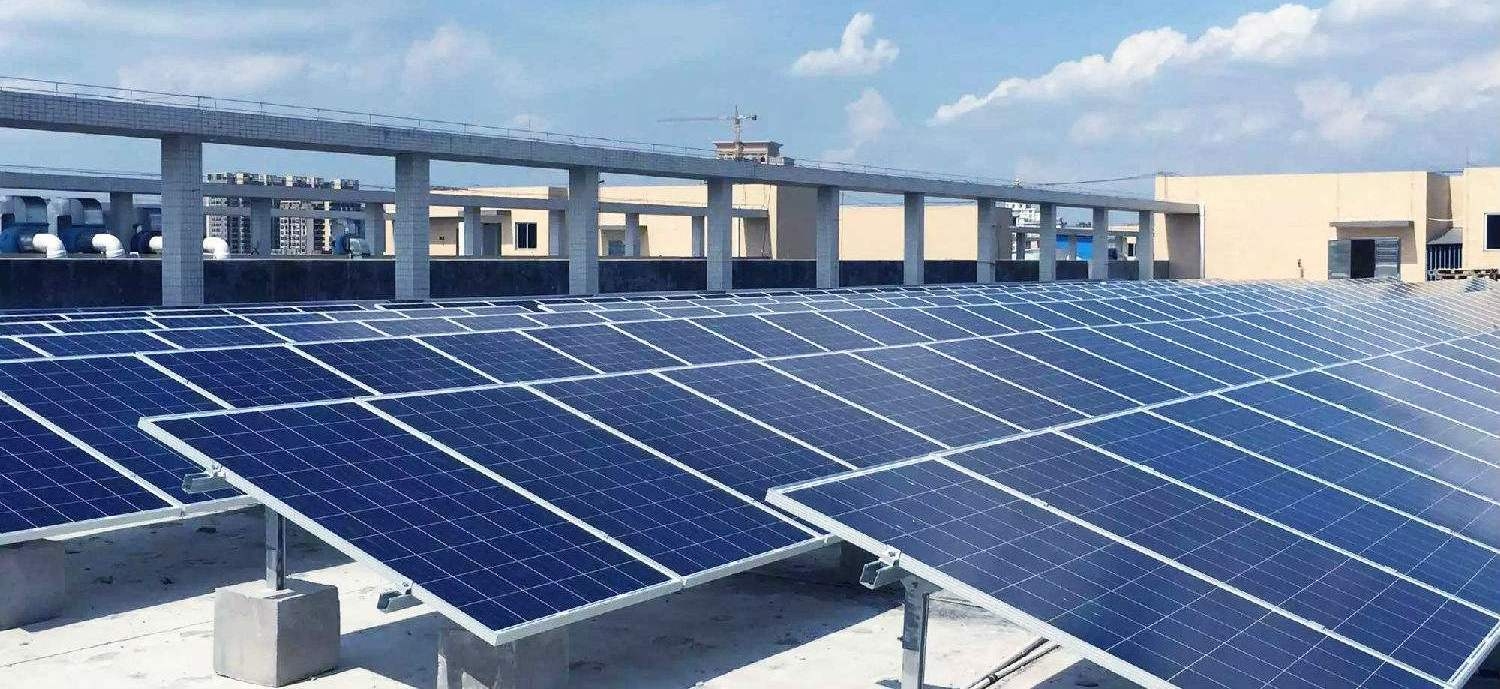News and events
Production and operation of photovoltaic industry in the first half of 2018
Time:2018-06-18 Views:2558次

According to the statistics of China Photovoltaic Industry Association, China's polysilicon production was 143,000 tons from January to June 2018, up 24% year-on-year; wafer production was 50GW, up 38.9% year-on-year; battery production was 39GW, up 21.9% year-on-year; module output was 42GW , an increase of 23.5%. In the production of polysilicon enterprises in the first five months of the full production or even over-production, the company's inventory increased in June, some companies to reduce production by scheduling maintenance, production has declined. More than 50% of the component link production is digested in the domestic market, and the average industry capacity utilization rate is around 76.5%.
Second, the market application remains stable
Benefiting from the continuous decline in costs and the expectation of domestic quota system, the investment willingness of PV power plants continued to increase. Even under the constraints of 531, the installed capacity in the first half of the year was still not inferior to last year. In the first half of 2018, the domestic newly installed PV installed capacity was about 24GW, which was basically the same as that of the same period of last year. The distributed installed capacity was about 12.24GW, a year-on-year increase of 72%. The new scale exceeded the centralized PV for the first time. The national photovoltaic power generation capacity was 82.39 billion kWh, a year-on-year increase of 59%; the national light rejection rate was 3.6%, down 3.2 percentage points year-on-year, and the abandoned photoelectric output was 3.04 billion kilowatts, down 7.1 billion kWh year-on-year. At the technical level, system integration technology is continuously optimized, and technologies such as high-capacity ratio matching, tracking, double-sided, and photovoltaic+ are emerging one after another, and the application methods are more diversified.
Third, the product structure has changed
In the first half of 2018, the output of single crystal products increased significantly. Some polysilicon wafer companies were subject to equipment, capital and other factors, and they stopped production or went bankrupt. There has been an acceleration trend since June. According to statistics, in the first half of the production of silicon wafers, monocrystalline silicon wafers have occupied 52.7%; in the production of solar cells, monocrystalline solar cells accounted for 41%. In 2017, China's monocrystalline silicon wafers and cell wafers accounted for 31% and 32.3%, respectively.
Fourth, the technical level continues to improve
In terms of polysilicon, the Asian silicon fluidized bed method has made breakthroughs, and electronic grade polysilicon such as Huanghe and Xinhua has been shipped. In terms of silicon wafers, the long-crystal technology such as CCZ method, boro-gallium co-doping, and cast single crystal has developed rapidly, and the application range of diamond wire cutting has been further expanded. In terms of cell sheets, the industrialization of PERC technology is accelerating, almost all of the single crystal cells adopt the PERC process, and the average mass production of the cell is >21.8%; the polycrystalline PERC has begun to enter the industrialization stage, and the average mass production of the cell is ≥20.6%; - Type PERC batteries have begun to develop to double-sided batteries; N-type, HIT and other industrial applications are exceeding expectations, and MBB and double-sided technologies are accelerating. In terms of components, shipments of double-glass and half-chip components began to increase. In terms of new batteries, the perovskite battery developed by the Institute of Semiconductors of the Chinese Academy of Sciences reached 23.3%, setting a new world record.
V. Product exports continue to grow
In the first half of 2018, China's polysilicon imports were about 67,000 tons, down 4.3% year-on-year. Total exports of battery chips and modules from January to May 2018 were US$5.513 billion, an increase of 21.2% year-on-year. Among them, the export volume of battery chips was 353 million US dollars, the export value of components was 5.16 billion US dollars, and the export volume of components was about 16GW. China's export volume in 2012-2016 has been declining, and it has achieved growth again in 2017. It continued to grow in January-May 2018, and it was achieved in the situation of continuous decline in product prices. This is mainly due to the release of China's overseas battery and module production capacity. These two links each have 8GW of overseas production capacity, which has driven the export of silicon wafers and battery chips. At the same time, the pace of China's PV companies to explore the international market is further deepening. From the perspective of the export regional structure, the concentration continued to decrease. The export value of the top 10 countries accounted for 76%, down 7.6 percentage points year-on-year, and the export to emerging markets such as Australia, Mexico, Brazil and the United Arab Emirates grew rapidly.
Sixth, the market price continues to decline
As the first quarter was the traditional off-season, and the Spring Festival in February affected the upstream production and downstream installations in January and March, the market demand declined, and the technological progress of the photovoltaic industry continued to advance, and the price of photovoltaic products continued to decline. In April, driven by the 630 grabs of some power stations, the price of polysilicon products rebounded to a certain extent, but the prices of silicon wafers, batteries and component products are still falling. Since June, some distributed projects have been shut down, and market demand has been in a vacuum. Some small and medium-sized enterprises have sold off due to the consideration of emptying inventory, resulting in a sharp drop in the average price of products. From the perspective of polysilicon, the product price has dropped from 150 yuan/kg in January to the current 90 yuan/kg, polycrystalline silicon wafer is currently 2.4 yuan/piece, monocrystalline silicon wafer is 3.3 yuan/piece, and component price is 2-2.3. Yuan / W or so.


